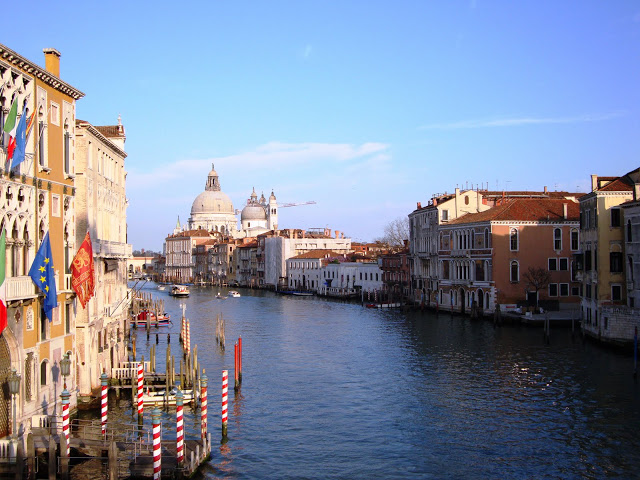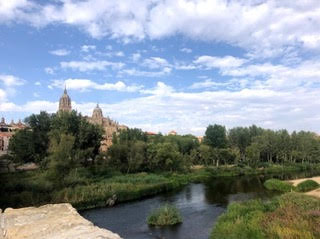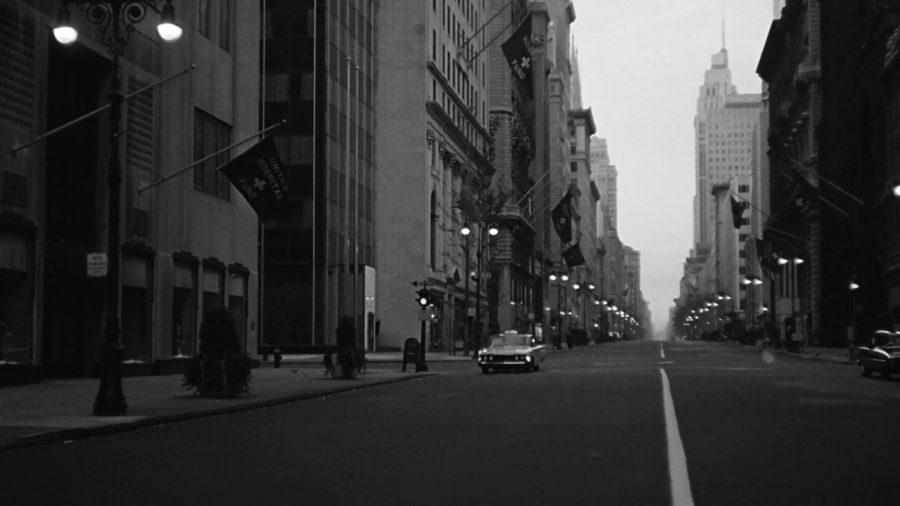On a map of Europe you can’t miss its most extensive mountain range, stretching around 1,200 km (750 miles), made up of roughly one hundred peaks also known as the “four-thousanders,” because their height exceeds 4,000 m (13,123 ft).
The range stretches across eight Alpine countries: Austria, France, Germany, Italy, Liechtenstein, Monaco, Slovenia and, of course, Switzerland, the only country which is almost totally immersed inside these mineral blocks. You would think that such a border would have long kept people and nations apart, similar to a sort of Great Wall of China, but you would be wrong.
Since the Paleolithic era this huge tectonic structure has seen hoards of people passing, fighting, crossing, digging, building, producing and of course living there. Even its name dates back centuries before Christ. It is thought that before daring to summit these mountains, the Celts started calling them alp, or “tall.” A mention should also be made to Hannibal crossing them with a herd of elephants, or the consular streets, used by the Romans to cross rivers and uplands to invade the Northern part of Europe.
In reality, the Alps have never stopped anyone coming and going, from the barbarians, to the monks when they opened the path network called Via Francigena to allow pilgrims to walk from Europe to Palestine.
Among these numerous routes, the shortest one, connecting Milan to the north of Switzerland, was the so-called Saint Gotthard Pass (2106 meters above sea level), dedicated to a Bavarian Bishop of Hildesheim. In its middle there is a gorge over the river Reuss, which has caused many deaths and was so dangerous to cross that the majority preferred to take a safer route despite it being twice as long.
Legend has it that the construction was so dangerous and difficult that nobody but the devil could have built it, causing it to be known as the Devil’s Bridge. With these achievements, this pass assumed European importance, becoming divisive for the people of both sides and appeared in the Annales Stradenses, which was like a guide for pilgrims to reach Rome via Milan.
The situation remained the same until 1595, when a new stone bridge over the Gotthard Pass was opened, called the Second Devil’s Bridge. The biggest breakthrough came in the nineteenth century, first with the construction of a five-meter-wide track along the entire route, including a new bridge to the Devil’s Cleft. Then things really changed in 1825, when the first railway in England inspired the Swiss vision of a rail link for people and merchandise between north and south Europe.
Initially, mountain bound steam trains had to follow a number of progressively higher spirals but not as high as the Gotthard Pass. For this reason, a route through Switzerland was discussed in 1848 at an international conference in Berne and in 1869, where it was decided that the best route would be to via the Gotthard Pass but this time with a big tunnel dug under the Devil’s Bridge.
These updates on this tunnel have reduced the travel time between Milan and Zurich from three hours and 40 minutes to less than three hours. Now, high on the Alps, there is finally a direct new route to Milan.















